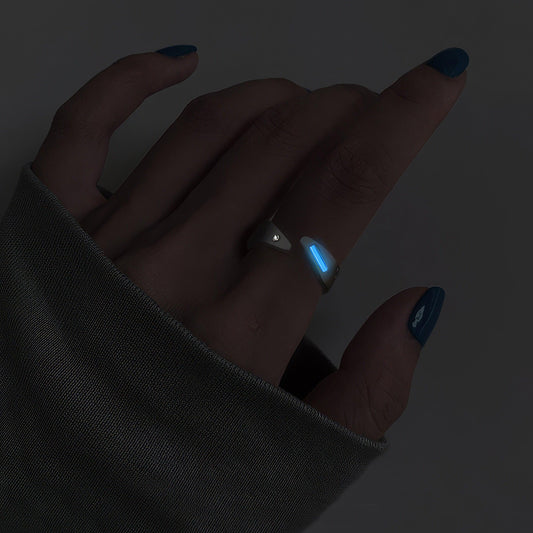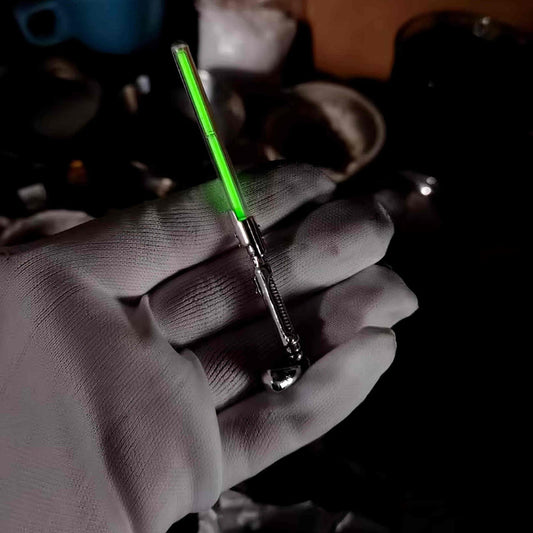Can You Tell a Lab-Grown Diamond from Natural
Can You Tell a Lab-Grown Diamond from Natural
Sometime last spring, a curiosity sprung up in my mind as I wandered through the jewelry district of my city. My best friend was about to get engaged; she wanted something unique for her ring, something that wasn't just a shiny rock but a conversation starter. She asked me to tag along for what I assumed would be a straightforward quest. But there I was, standing under fluorescent lighting in a tiny shop, staring at rows of sparkling gems, and wondering if I could really tell the difference between lab-grown and natural diamonds.
At first glance, both types of diamonds exude the same mesmerizing glow. After all, they share the same chemical composition: pure carbon structured in a crystal lattice. But here's an interesting nugget I picked up—lab-grown diamonds are created under carefully controlled conditions that mimic the earth’s natural processes. This means in terms of physical properties, lab-grown diamonds are practically indistinguishable from their natural counterparts to the naked eye. And yet, the stories they tell are worlds apart.
There's a certain romance tied to natural diamonds, coming from the idea that they've existed for millions of years, formed deep within the Earth's mantle. They carry the weight of geological history and a sense of mystery that comes with something so ancient. On the other hand, lab-grown diamonds have a narrative wrapped in human ingenuity and modern-day ethics. They promise a future where luxury can coexist with sustainability, as they typically boast a smaller carbon footprint than mined diamonds.
To add another layer of complexity, technological advances have made distinguishing the two even trickier. Jewelers now use specialized equipment to analyze diamonds, detecting slight differences at the atomic level which the human eye would miss. A gemologist once explained to me how fluorescence and inclusions—tiny imperfections inside the stone that are like a diamond's fingerprint—can sometimes offer clues. But for most of us, it’s akin to trying to spot the distinguishing features of identical twins from a distance.
My friend's choice eventually came down to personal values. She chose a lab-grown diamond, charmed by the clarity of its origins and its alignment with her sense of environmental responsibility. I remember her saying, "It's like love—real because it’s made with intention, not just happenstance," which oddly made sense to me. It was a decision that reflected her own story, not just a tradition.
In the end, whether a diamond is lab-grown or mined, its value transcends its physical form. It lies in the connections and meanings we ascribe to it. So, can you tell a lab-grown diamond from a natural one with just your eyes? Probably not. But sometimes, the stories behind them tell all you need to know. Just a simple reminder that even when it comes to diamonds, it’s the thought that truly counts.



























